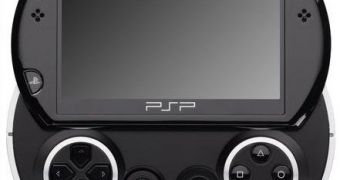Sony's Shuhei Yoshida admits that the PSP Go was a failure, but promises that with the Next Generation Portable, things are going to be different, as the company learned many things from the current portable consoles.
The PSP Go was released back in 2009, as a more "portable" version of the regular PSP, sporting a new sliding form but lacking a UMD drive, which meant that it relied only on digital downloads to get games.
The platform was a failure, and Sony Computer Entertainment Worldwide studios boss Shuhei Yoshida admitted to CVG that he could "spend 30 minutes talking about what was wrong with the PSP Go."
"There are lots of lessons we learned from the PSPgo," Yoshida said. "Definitely we didn't do something right with [it]. So there are lots of things like the hardware didn't have the compatibility with the UMD library and not all the PSP games were sold on the PSN store."
The Sony executive also said that people weren't ready for such a portable device, and that the sacrifices to make it more lightweight, like a smaller screen or buttons, made people reticent about investing in it.
"Hardware wise we made it our highest priority to make it small and portable but that's not what people really wanted. Because when we made it too small the screen was smaller, the buttons were thinner. It's kind of difficult, cramped into a smaller body."
The company did learn a few things from the failure of the PSP Go, saying that with the upcoming NGP, it has already planned out both digital and traditional distribution schemes, and enlarged its form factor to allow for the five-inch OLED screen and the addition of a second analog stick.
The PSP Go is currently on sale just in North America, after production for Europe or Japan was stopped earlier this year.

 14 DAY TRIAL //
14 DAY TRIAL //